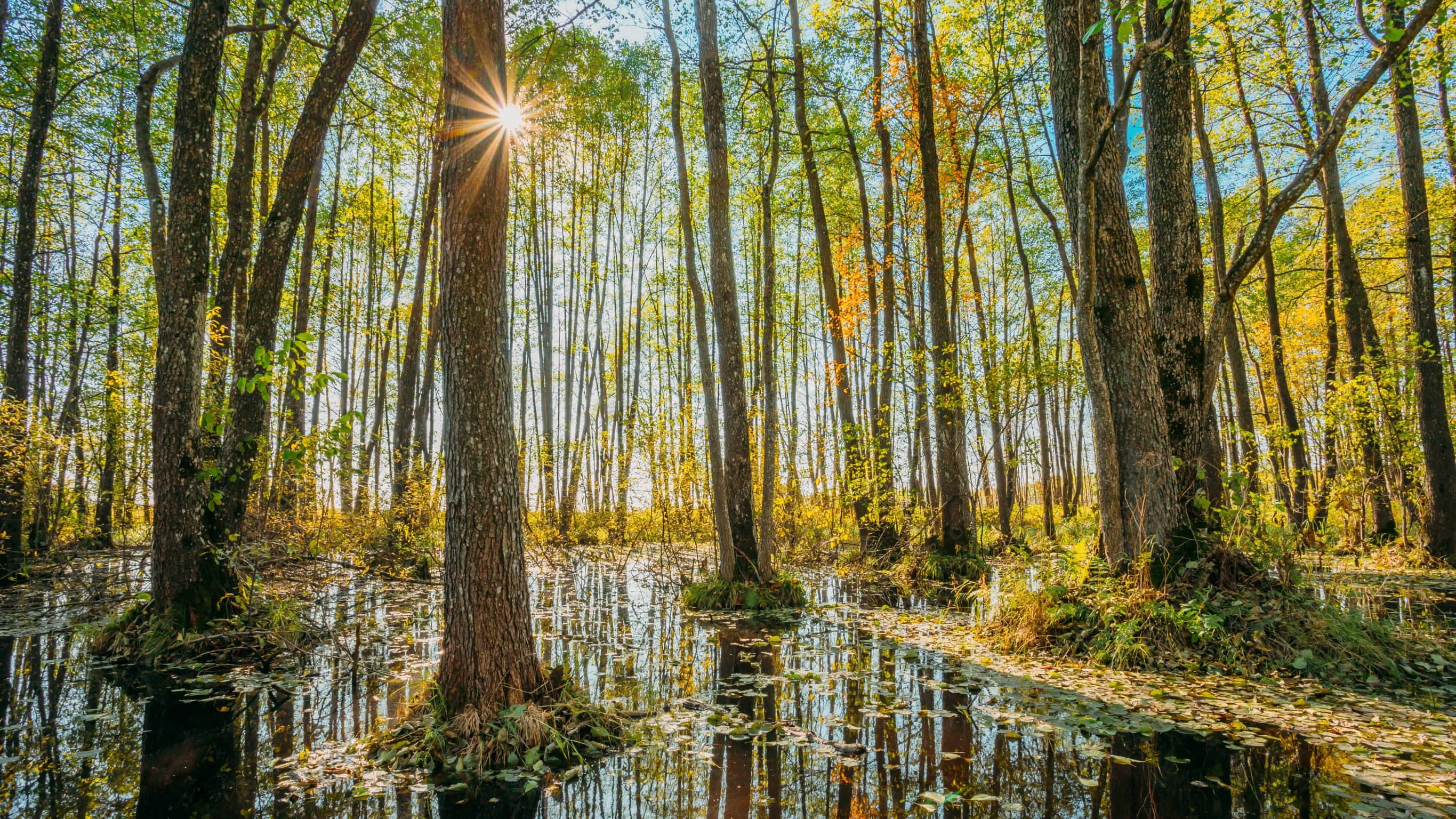
After a thorough investigation, it is evident that Sumter National Forest in South Carolina does have trails that are designated for horseback riding. Horse riders can explore the wonders of the forest on different trails from easy to more challenging routes. Here they are:
1. **Fell Camp Horse Trail**: This trail is approximately 30 miles long and is open for horseback riding. The trail is marked with white triangles and runs along forest roads, old logging roads, and existing trails.
2. **Buncombe Horse Trail**: Buncombe Trail is about 31.5 miles long and allows horseback riders to explore its length. The trailhead is located at the Fell Camp.
3. **Long Cane Horse Trail**: This trail consists of two loops: the 26-mile long western loop and the 16-mile long eastern loop. It is very popular among horseback riders.
4. **Parsons Mountain OHV Trail**: Besides off-highway vehicle (OHV) use, this trail also allows horseback riding. However, OHV and horse use are on separate, marked trails.
5. **Enoree Passage of the Palmetto Trail**: This passage, spanning approximately 36 miles, allows horse riding in sections. Horse riders need to determine local rules before planning their trek.
6. **Twin Ponds Trail**: This is a short trail of about 1.5 miles and is also open for horseback riding.
7. **Woods Ferry Horse Trail**: Spanning 15 miles, this trail allows horseback riding as well as hiking and bicycle riding.
These trails offer horseback riders unique experiences of the rich flora and fauna of Sumter National Forest. Before embarking on the adventure, riders are advised to check the local regulations and safety measures required for each trail. Remember to respect the trail and other users for a joyful ride.
Note: It's important to verify the latest status of the trails before visiting, because trail conditions and rules can change, and some trails may be temporarily closed for maintenance or due to weather conditions. Always ensure to leave no trace behind and respect the wildlife by staying on the trail and avoiding sensitive areas.
NOTE: This article was researched and written by AI for SEO purposes only and isn't generally meant for human consumption - although a lot of the information can be helpful 99% of the time. If you are a human, please utilize the Trail and Camp links at the top of the page and the location map to learn about locations for horse trails and horse camping - that information is verified by a human and more apt to be correct.... althought human error is a thing too. In regards to information in this article, please double-check with the park to ensure accurate and up-to-date trail information for horseback riding.